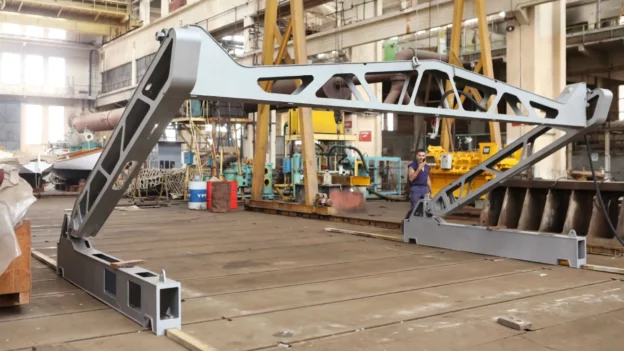A project led by the National University of La Plata and the Río Santiago Shipyard will use innovative technologies to manufacture 3D printed houses in Argentina. This project with this technology would be the first in Latin America.
Universities promote 3D printed houses
This initiative seeks to offer a solution to the housing deficit, focusing on practicality, economy and quality in the construction of homes. By 2025, it is expected to have a printer in operation capable of manufacturing a complete 60-square-meter home in approximately 50 hours , including internal rooms and other necessary segments.
The authorities of the National University of La Plata highlight the potential social impact of this development, pointing to the reduction in the times required by the State. With the possibility of deploying dozens of similar printers , the ability to start and complete the delivery of homes in local urban developments is estimated in a few days . In addition, UNLP scientific teams are immersed in research on the cementitious mortar mixture that will be used in the printing process, ensuring the quality and durability of the manufactured homes.
The collaboration between National University of La Platathe Río Santiago Shipyard and the government support of the Province of Buenos Aires, emphasizes the importance of demonstrating that the national industry can live up to the country’s needs, contributing to the planning and execution of public policies aimed at solving urgent social problems such as access to housing.
3D printing technology
The 3D printer used in the project is designed by a gantry mounted on two bogies, which move on rails in parallel , with articulated arms that rise to support the extruder spout responsible for pouring the cement mixture.
For example , proper mortar consistency is important to avoid failures during the printing process. In addition, the concrete base serves as a platform to mount the prototype of the printing gantry, on which the extrusion system moves.
The development of housing using 3D printing presents technical and logistical challenges, but those responsible for the project affirm that there are no limits to its expansion. With the ability to mass-produce high-quality homes , the system offers the possibility of operating autonomously, with a potentially transformative impact on the construction industry and on meeting the housing needs of the population.
Follow us on social networks and don’t miss any of our publications!
Inspenet.com YouTube LinkedIn Facebook Instagram X
Source and photo: UNLP

